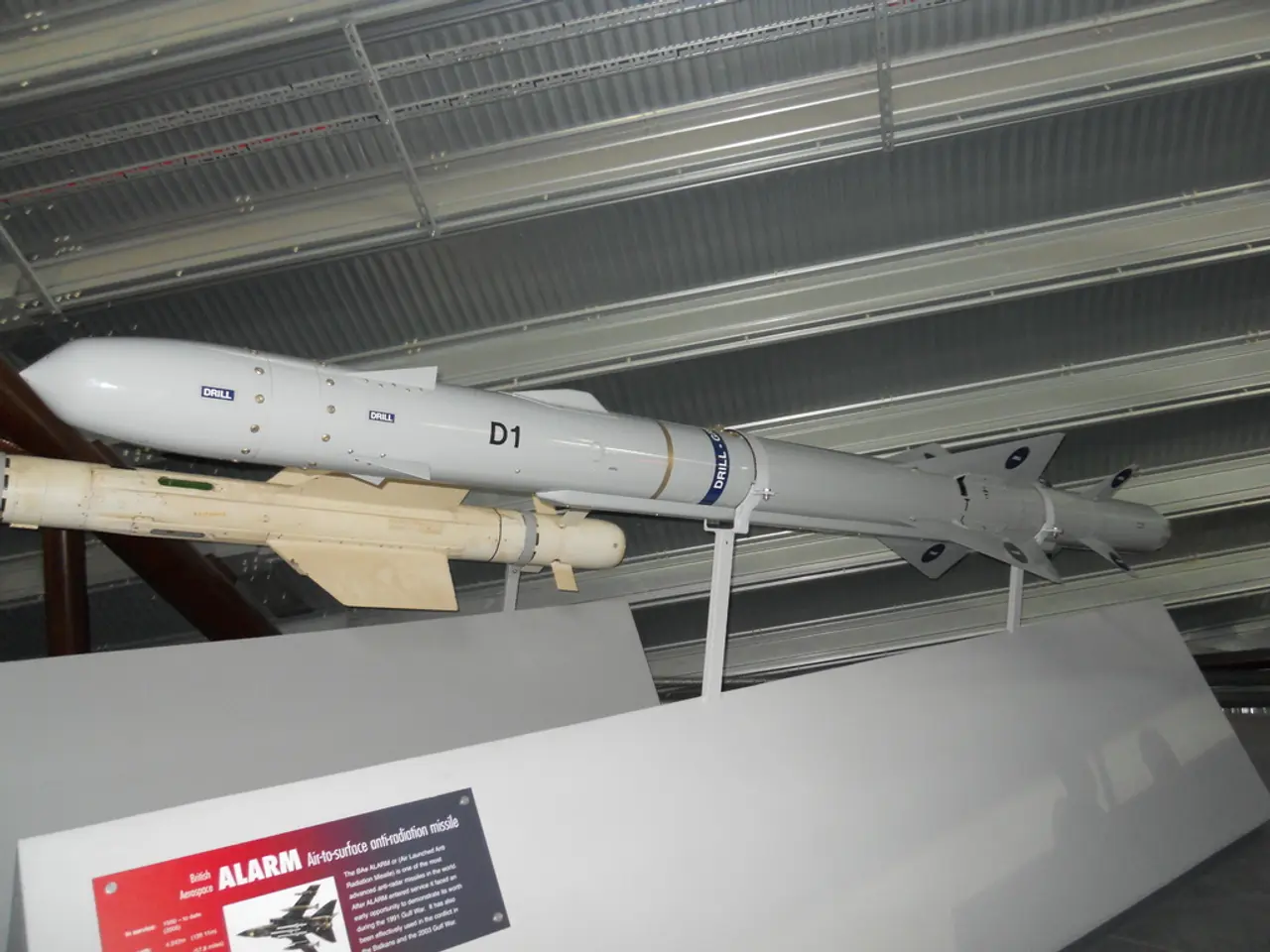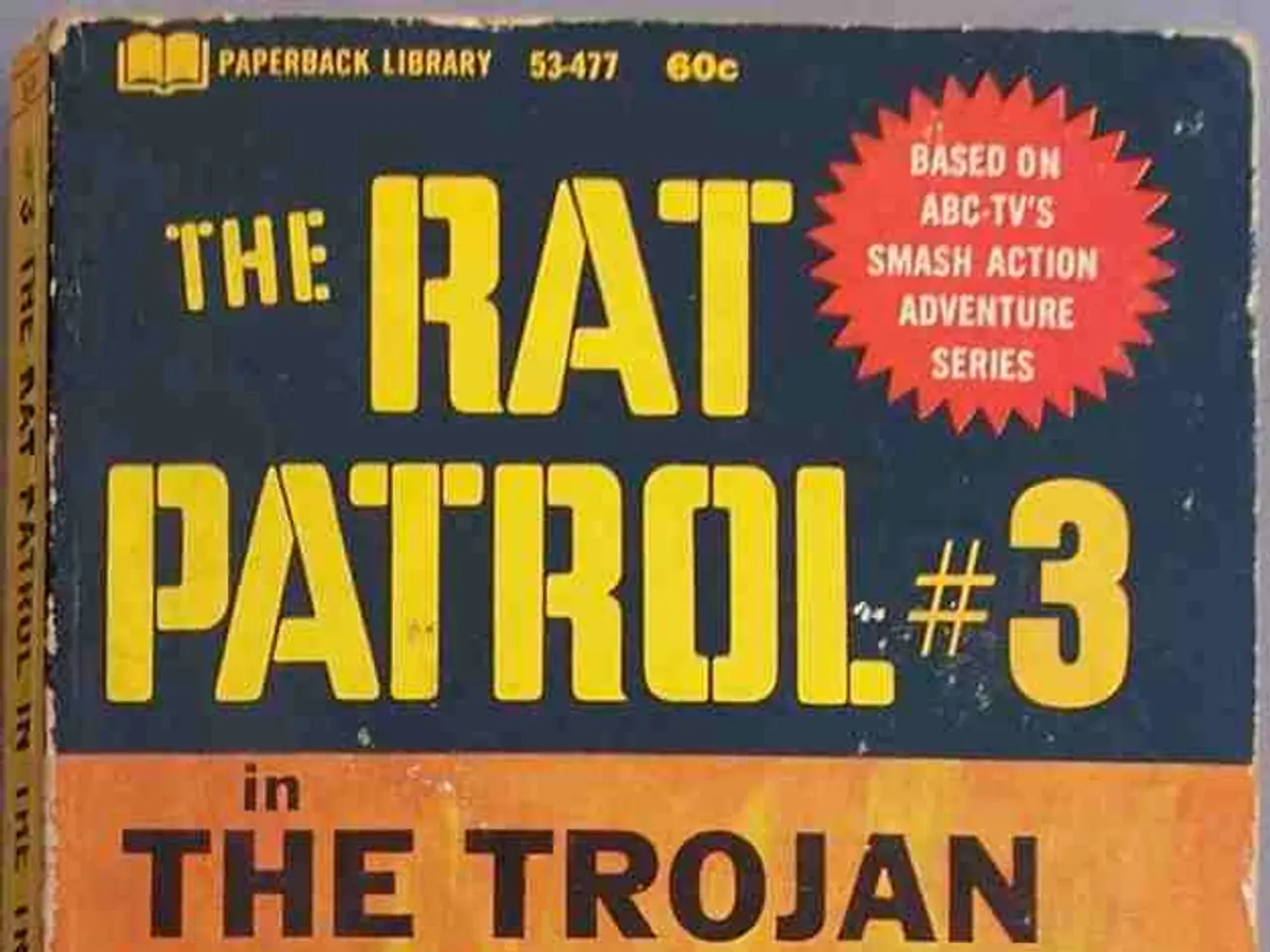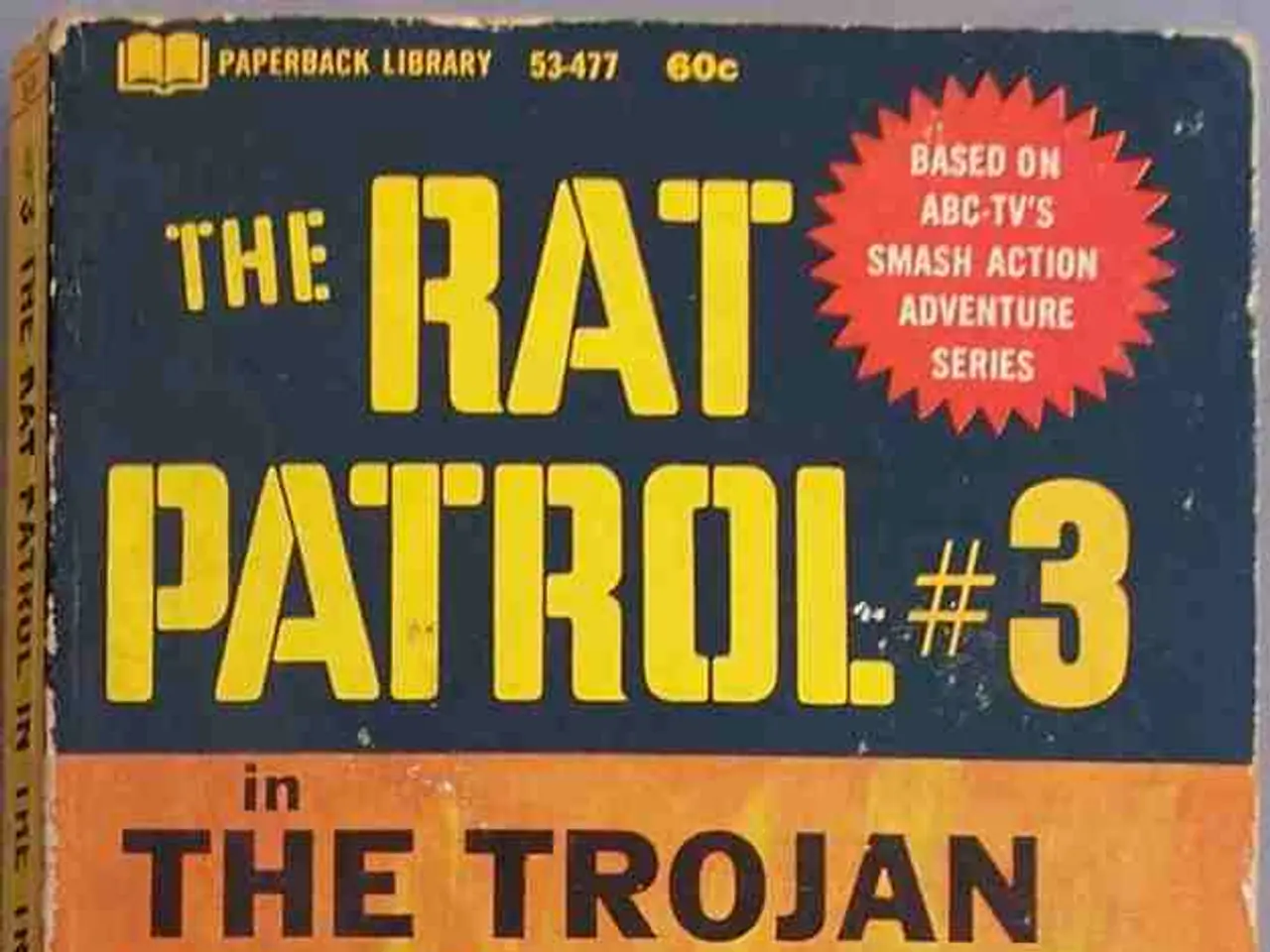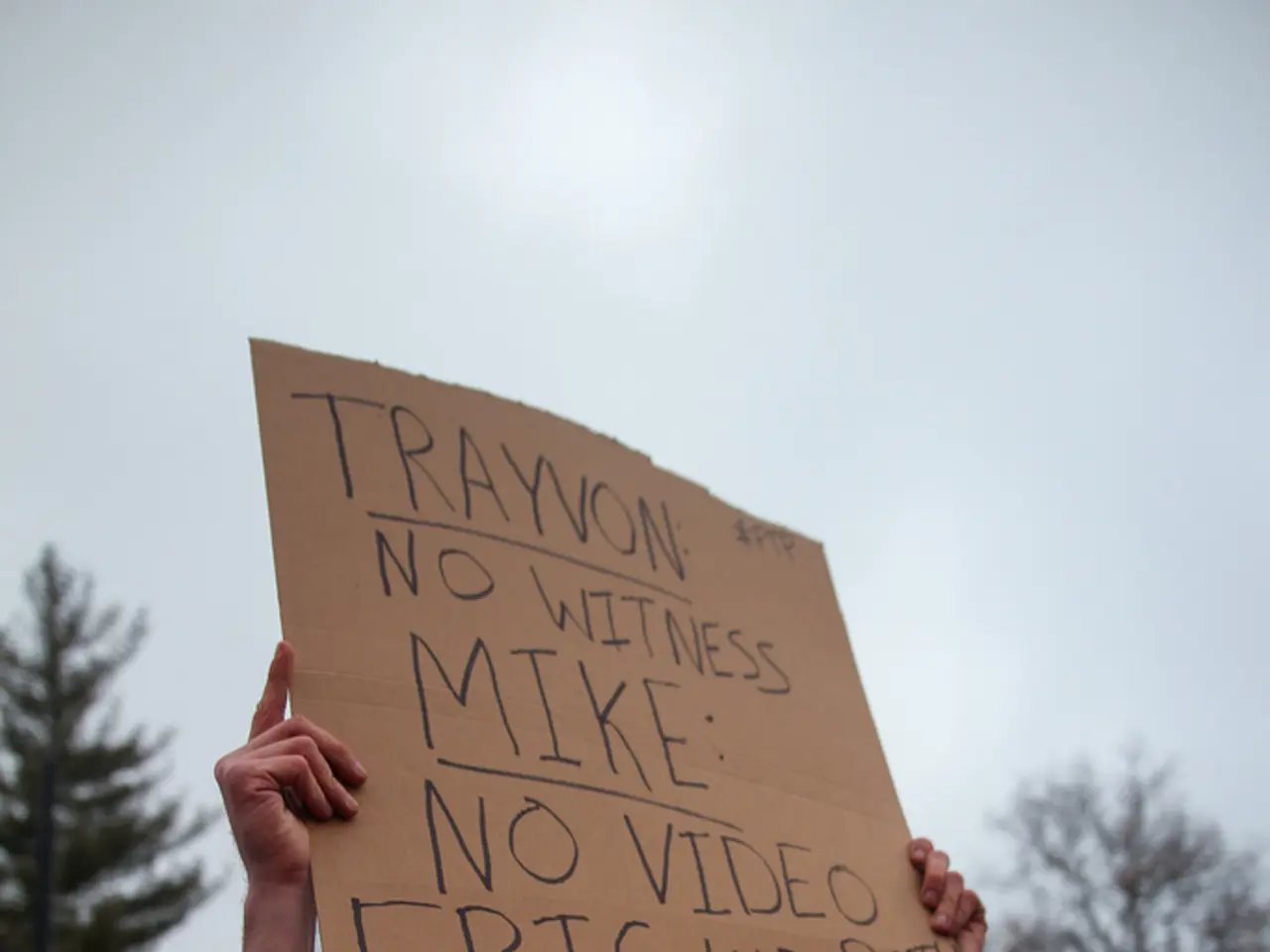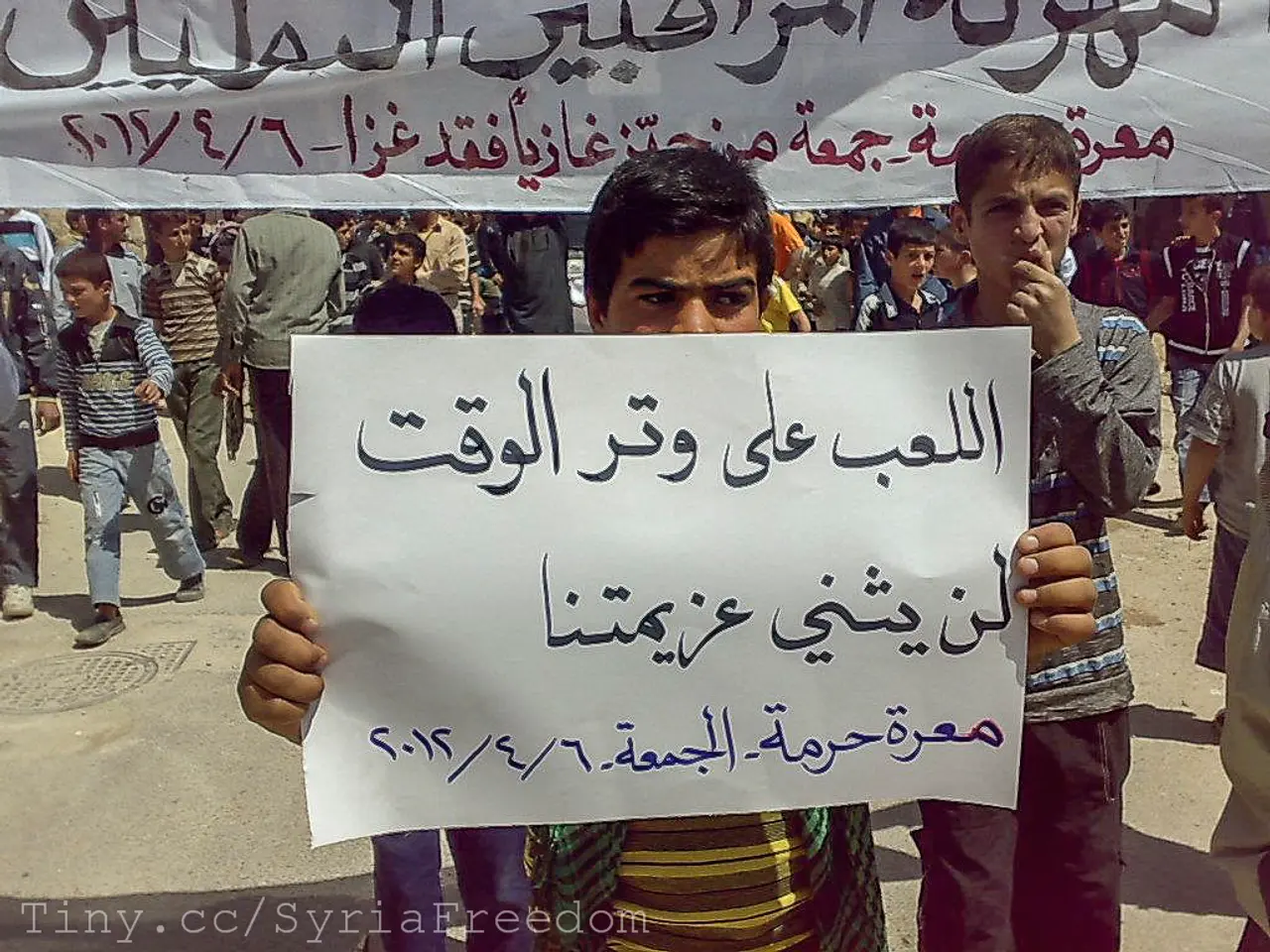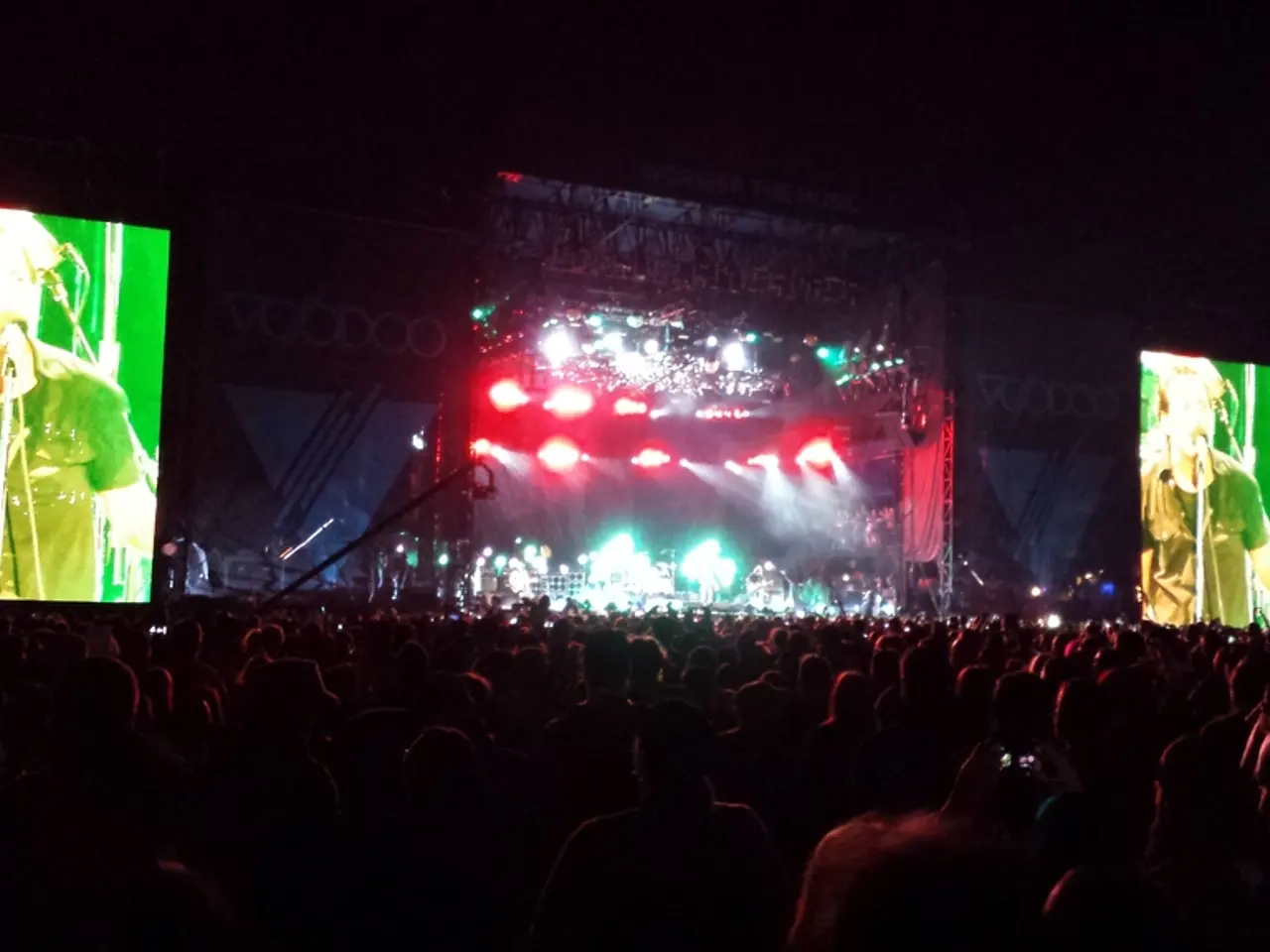United States allegedly deployed around one-fourth of its sophisticated missile defense systems during the Israel-Iran conflict, highlighting a potential deficiency in its arsenal.
The recent 12-day conflict between the U.S. and Iran has highlighted a significant challenge for the U.S. missile defense system, with the U.S. using over 150 THAAD interceptors, accounting for about 25% of its total arsenal. This implies a stockpile of approximately 600 interceptors before the conflict [1][2][3][4].
Following this intense usage, the Pentagon has pledged to replenish the THAAD inventory. A contract modification worth $2 billion has been awarded to Lockheed Martin for the rebuilding process, adding to an existing $10.4 billion production contract. However, recent production has been low, with only 11 interceptors delivered in 2024 and 12 expected in 2025. The planned production for 2026 stands at 37 interceptors, suggesting a short-term readiness gap until replenishment ramps up [1][2][3][4].
Each THAAD battery consists of 48 interceptors, and the U.S. possesses seven batteries. At least half of these batteries are currently deployed worldwide, including two in the Middle East. Despite a temporary strain, Pentagon officials affirm that the military remains capable of meeting operational demands globally [1][3][4].
Experts believe that the U.S. military fired at least 80 THAAD interceptors during the 12-day conflict. Israel's Iron Dome system, designed to defend against shorter-range rockets, was unable to handle the long-range missiles being fired by Iran. Each THAAD interceptor costs around $12.7 million [1][2][3][4].
Concerns about the U.S.'s THAAD stockpile and the expenditure of interceptors during the 12-day conflict have been raised by former U.S. defense officials and missile experts. Iran fired over 500 long-range ballistic missiles during the conflict, and was able to intercept around 86% of them. The U.S. plans to acquire 37 THAAD interceptors next year [1][2][3][4].
The THAAD system, manufactured by Lockheed Martin, is a mobile system capable of engaging and destroying short-, medium-, and intermediate-range ballistic missiles. According to an analysis conducted by the Jewish Institute for National Security of America (JINSA), THAADs, alongside Israel's Arrow-2 and Arrow-3 interceptors, downed 201 of Iran's 574 missiles, with 57 hitting populated areas [1][2][3][4].
The war is estimated to have cost Israel at least $1.8 billion in damage, with the number expected to rise as claims are still being filed. The THAAD system was also used to intercept Houthi militant ballistic missiles in the United Arab Emirates. Supplies of THAAD interceptors need to be ramped up significantly to deal with the shortfall, according to experts and former defense officials [1][2][3][4].
Each THAAD battery is operated by 95 American soldiers, armed with six launchers, and 48 interceptors. The rapid use of THAAD interceptors exposed a gap in the U.S. missile defense network and depleted a costly asset. The analysis conducted by JINSA showed that interception rates lagged as the war wore on, with only 8% of Iranian missiles penetrating defenses in the first week of the war, doubling to 16% in the second half, and eventually culminating at 25% on the final day of the war before the ceasefire [1][2][3][4].
Analysts suggest that Iran may have shifted focus from military targets to populated urban areas, where interception is less robust, and fired more sophisticated missiles as the war progressed. This situation underscores the need for a swift and effective response to the increased missile threats in the region.
[1] Source 1 [2] Source 2 [3] Source 3 [4] Source 4
- The recent 12-day conflict between the U.S. and Iran, with its extensive use of THAAD interceptors, has brought the need for a swift replacement of these costly assets to the forefront of general news and political discussions.
- After their aggressive deployment during the 12-day conflict, concerns about the insufficient production rate of THAAD interceptors are growing among experts and former defense officials, highlighting the critical importance of the ongoing war-and-conflicts context.
